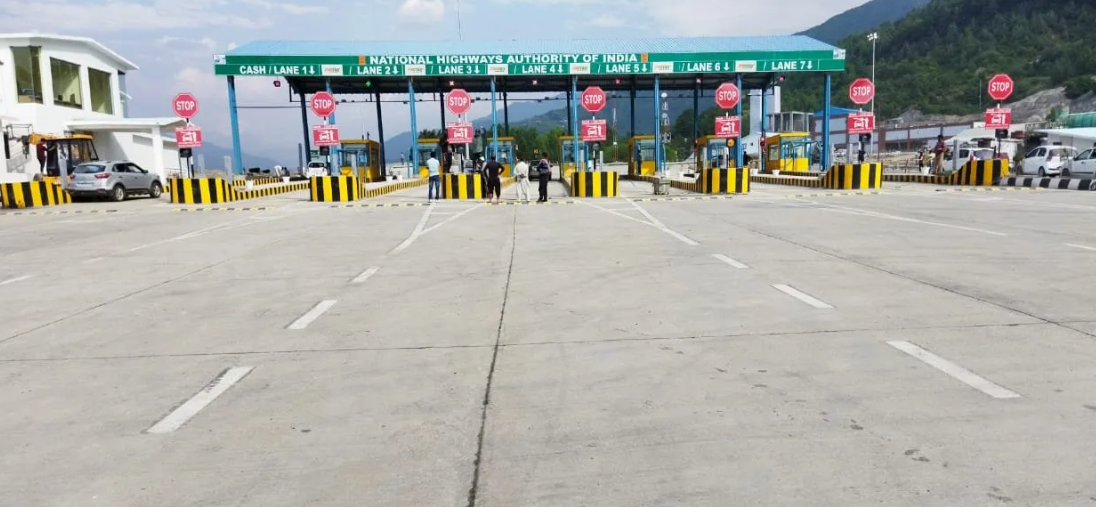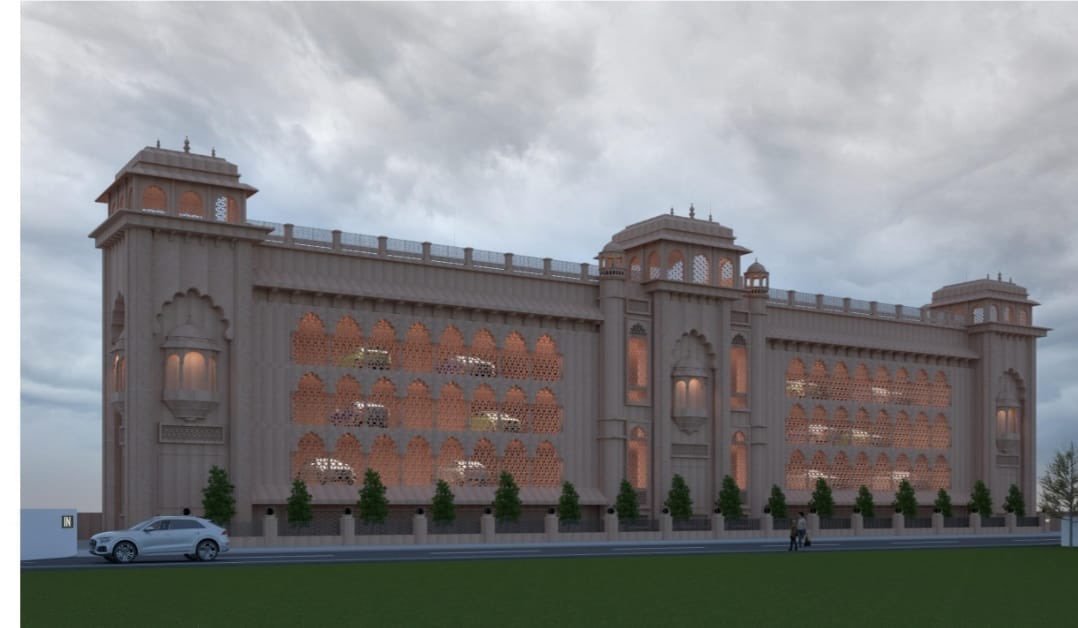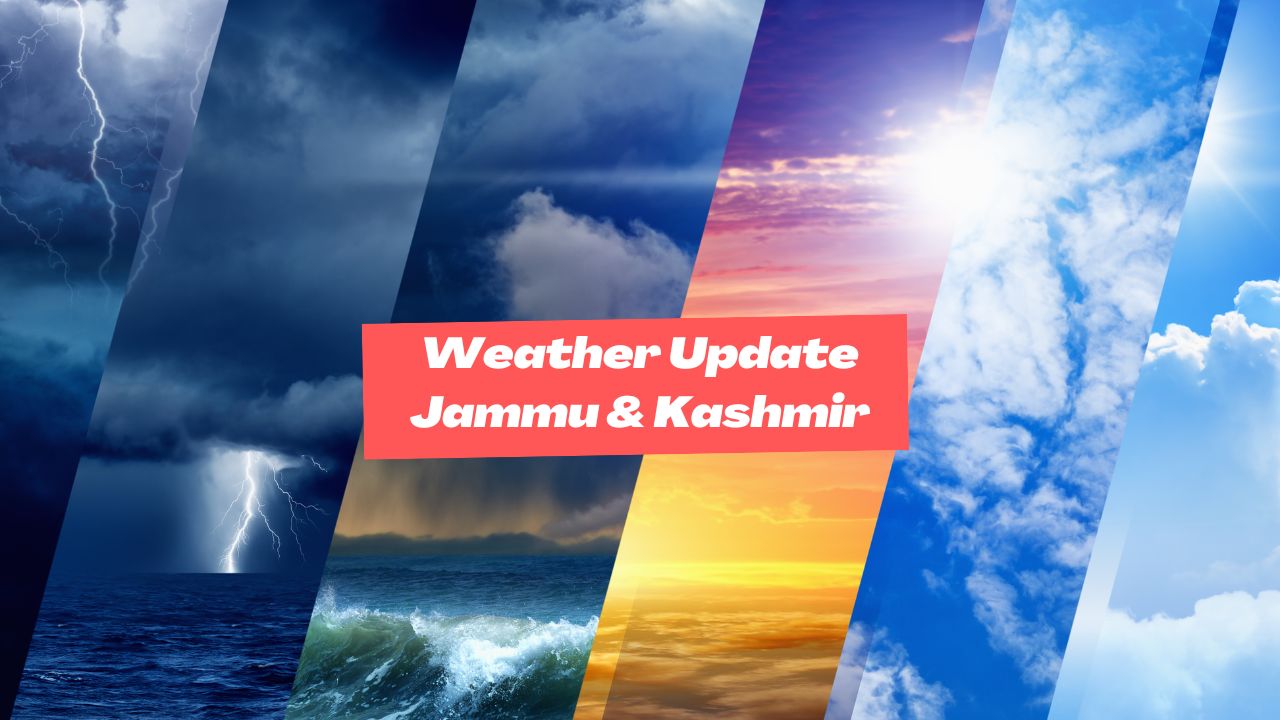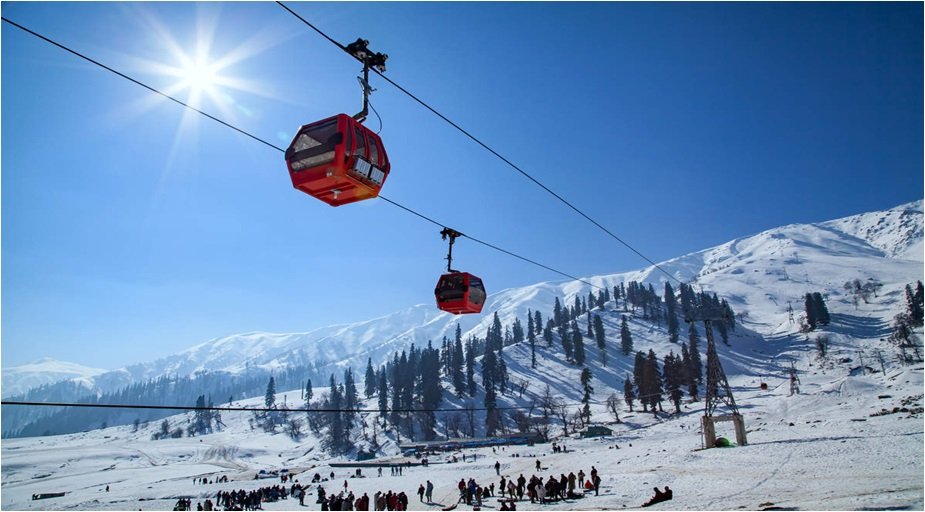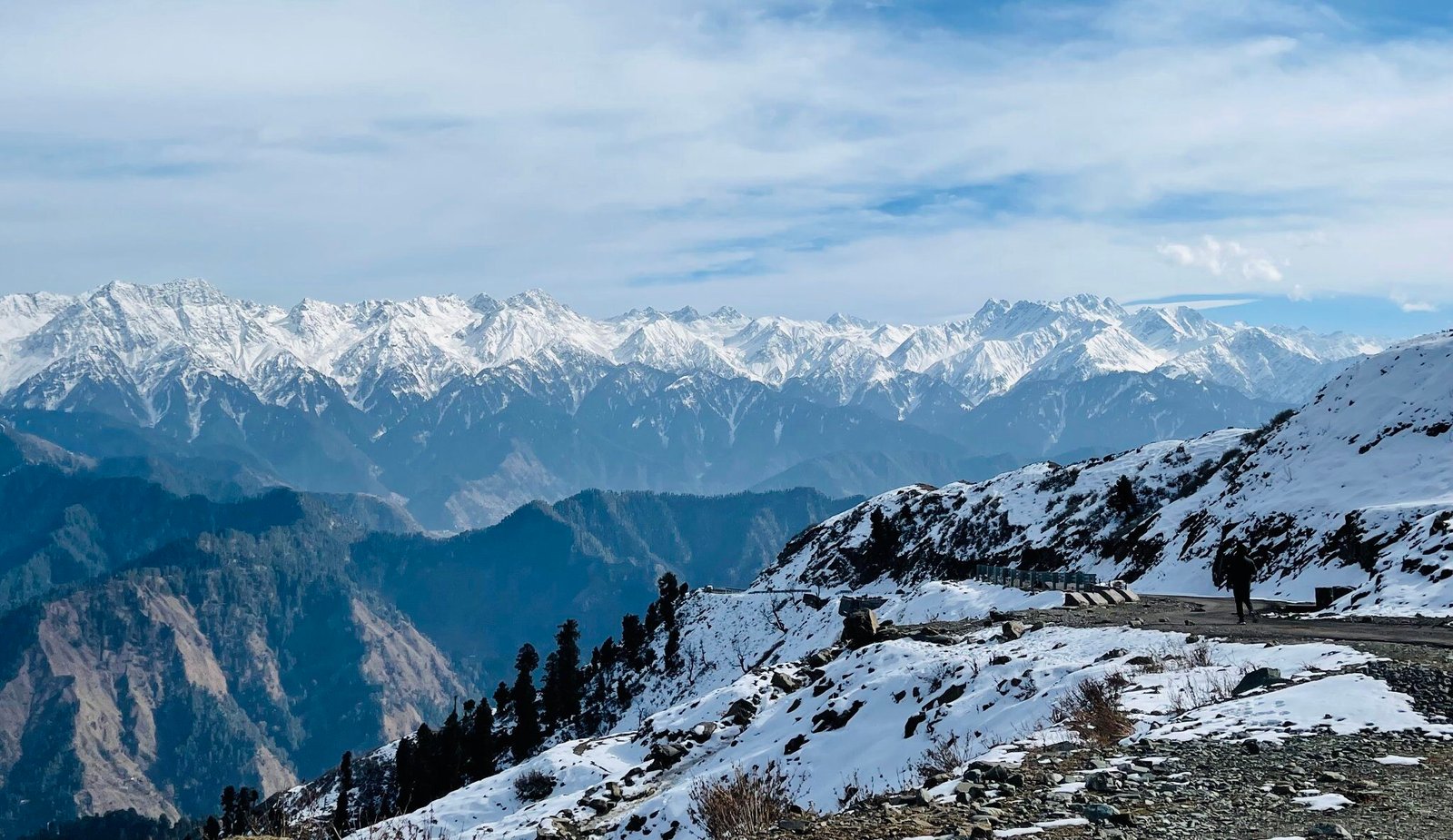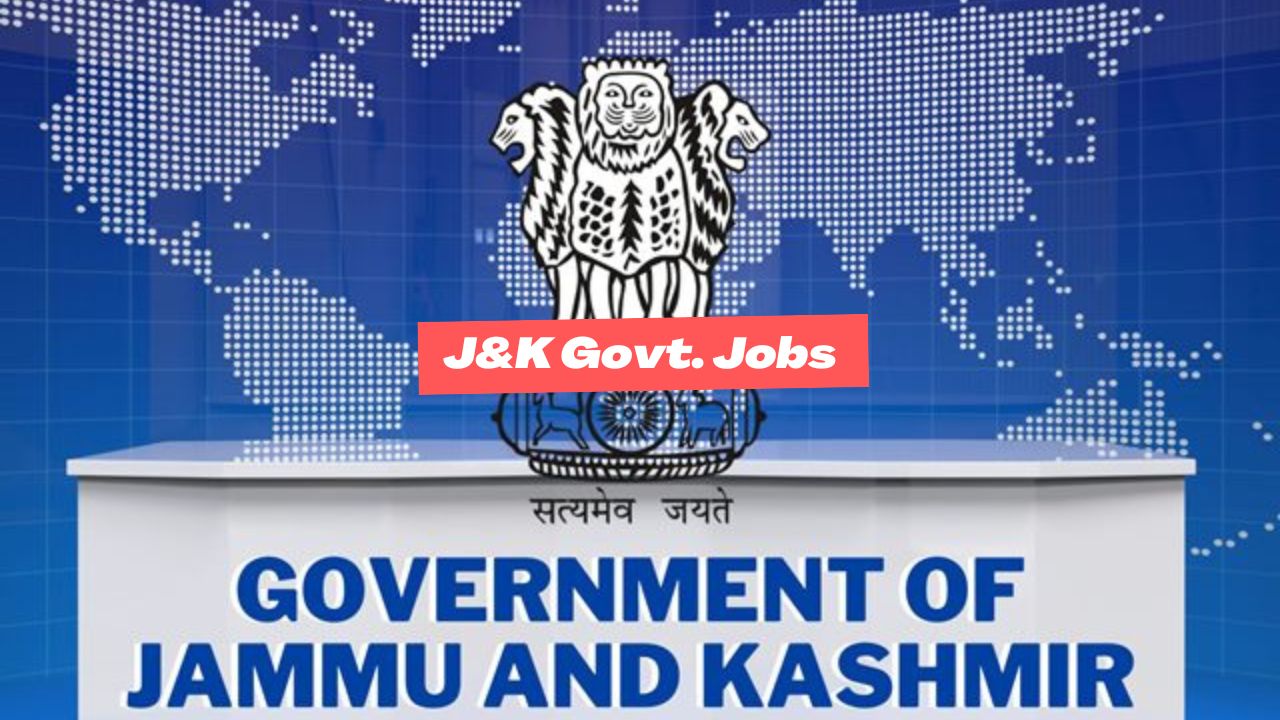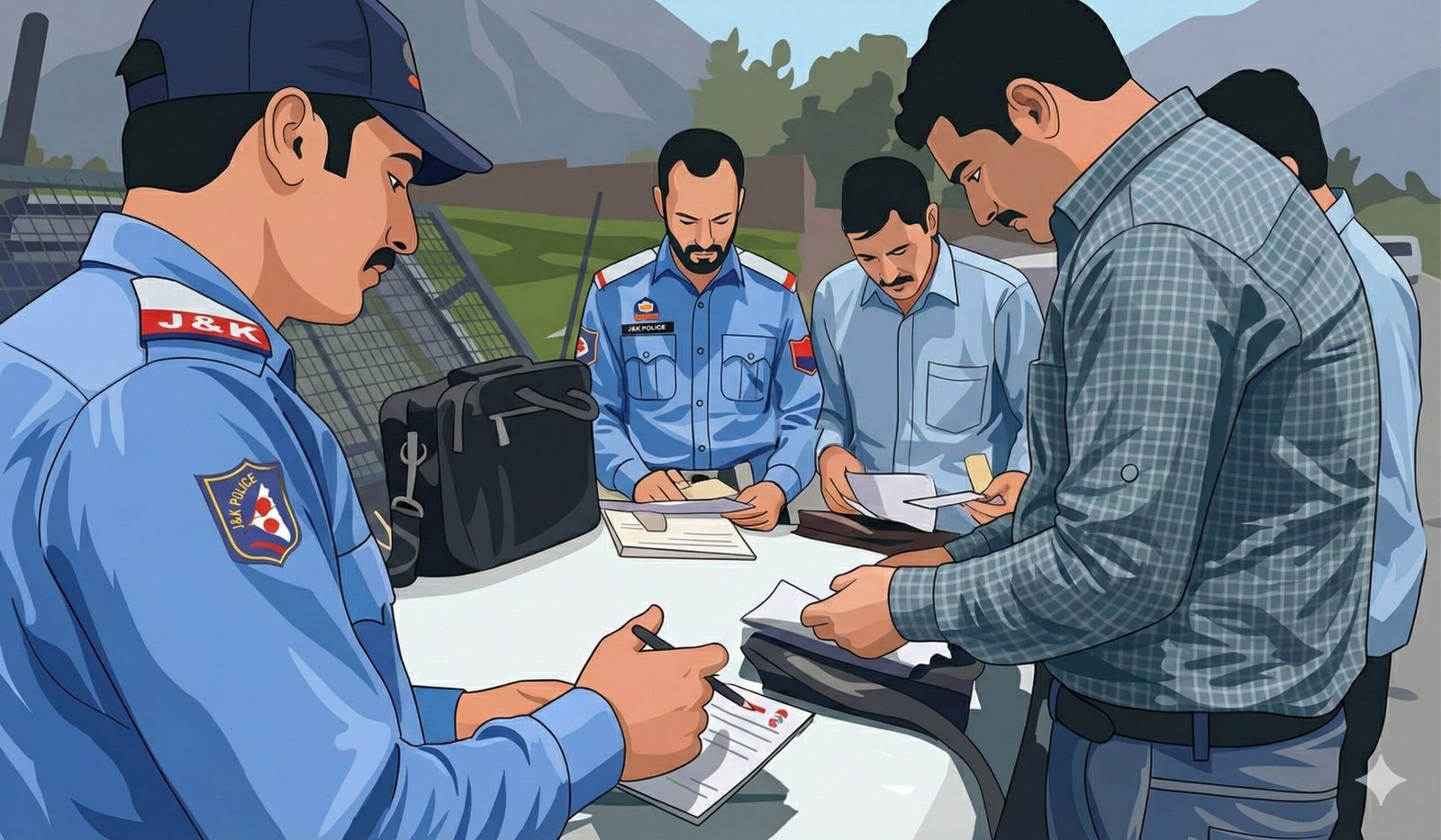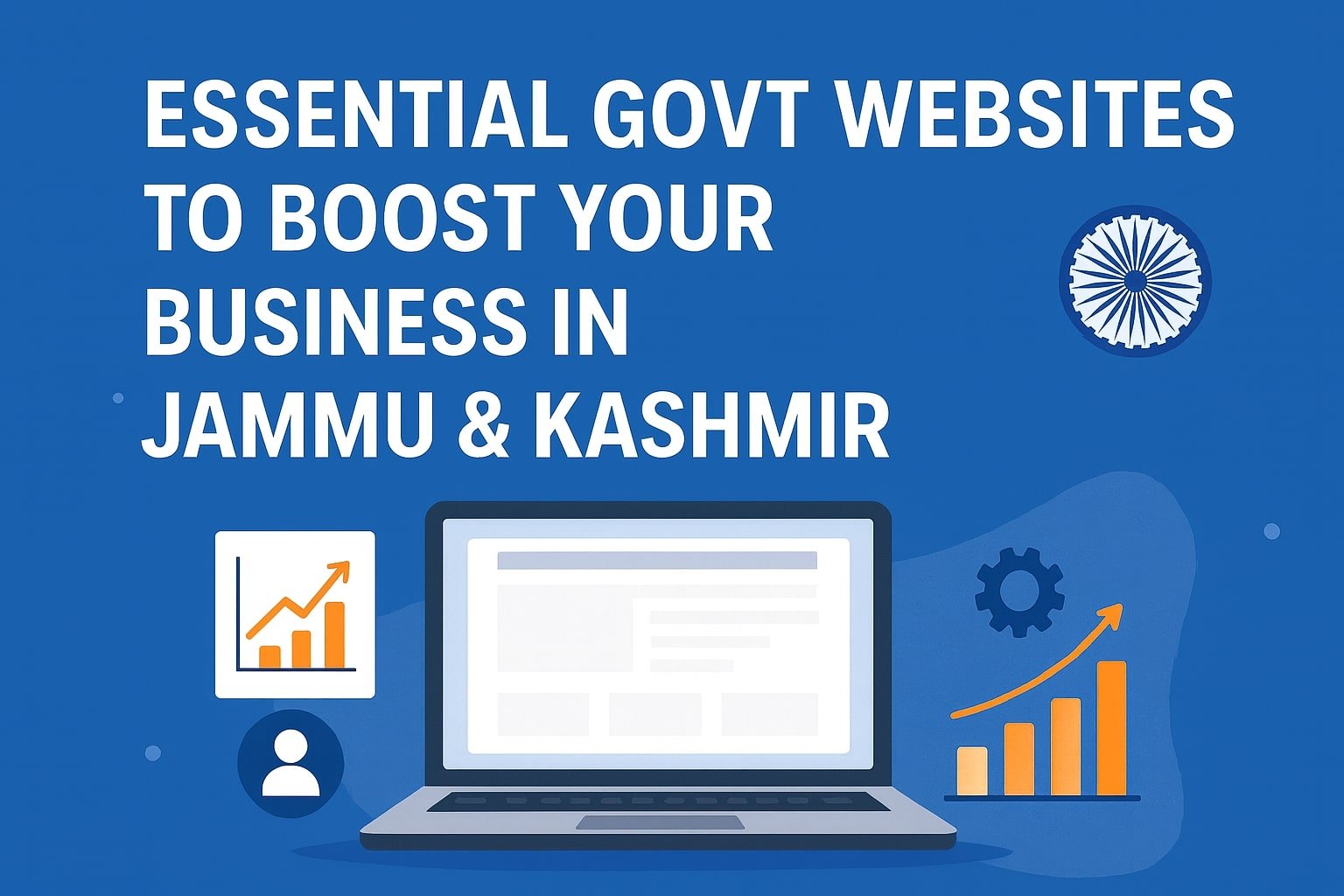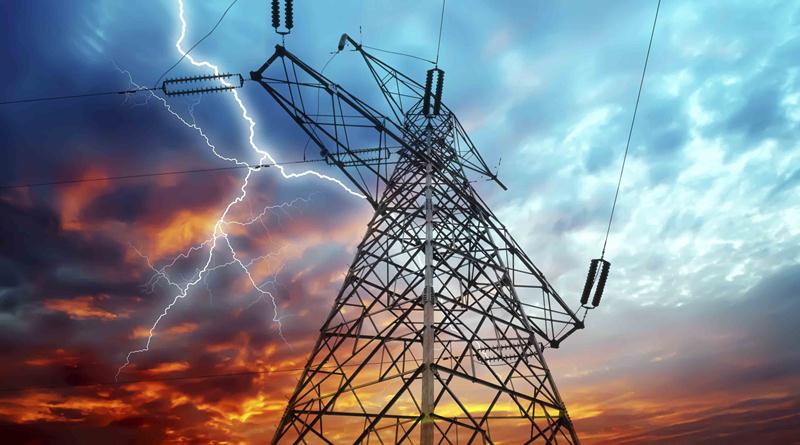The Ministry of Road Transport and Highways (MoRTH) has rolled out a significant toll rate revision across India’s national highway networkfor, especially targeting stretches that include bridges, elevated roads, and tunnels. This strategic revision slashes toll fees by up to 50%, marking a shift from distance-based to structure-based tolling for such infrastructure.
This initiative aims to bring parity in tolling policies while encouraging smoother, more cost-effective highway travel for both passenger and commercial vehicles.
Key Highlights of the National Highway Toll Cuts
- Applicable from: The existing public-funded toll plazas, the new rule will be effective from the date of next scheduled user fee revision. For the new toll plazas, it will apply since the commencement of the date of operation. For concessionaire operated fee plazas, it will come into effect upon expiry of concession agreements.
- Implemented by: National Highways Authority of India (NHAI)
- Reduction Scope: Up to 50% toll cut on structures such as:
- Bridges
- Elevated corridors
- Tunnels
- Charging Basis Shift:
- Old Method: Based on total highway length, including costly structures
- New Method: Toll calculated separately for bridges/tunnels and main highway
Why the Change? Breaking Down the Toll Structure
The previous toll policy allowed highway operators to recover costs over the entire stretch, even if only a small section contained expensive civil structures like tunnels or bridges. This often led to disproportionate toll rates, especially where short tunnels or bridges dramatically increased overall fees.
Now, the toll for such civil structures will be calculated separately using a per-kilometre formula, ensuring fairness and transparency in user charges.
New Toll Calculation Formula
Under the revised National Highway Fee Rules, 2008:
- Toll for highways = ₹X/km × total length
- Toll for structures (bridges, tunnels, elevated roads) = ₹Y/km × structure length
- Combined total = Highway toll + Structure toll
For instance, if a section of the National Highway has a total length of 40 km, with 30 km structure and 10 km net road, then the minimum length will be computed as 10 x 30+10 = 310 km or five times the total length of the section of the National Highway which is 5x40km = 200 km. The user fee will be calculated for the lesser length that is for 200 km.
This framework benefits users significantly on routes that were previously overpriced due to short but expensive infrastructure.
Real-World Examples of Toll Revisions
Several highway stretches have already seen changes post-implementation:
Jammu & Kashmir (Udhampur to Banihal Tunnel)
- Old Toll: ₹300
- New Toll (Post July 1, 2025): ₹150
- Reduction: 50%
- Remarks: Primarily due to Banihal tunnel being charged separately now.
Delhi–Meerut Expressway (Elevated Sections)
- Old Toll: ₹155 for full stretch
- New Toll: ₹115 approx.
- Reduction: ~26%
- Remarks: Lower toll for non-elevated sections due to differential pricing
Mumbai–Pune Expressway (Lonavala Tunnel)
- Old Toll: ₹270
- New Toll: ₹210
- Reduction: ~22%
- Remarks: Pro-rata based on distance of tunnel and bridge infrastructure
Impact on Commuters and Logistics Sector
The revised toll structure brings tangible financial relief for:
Daily Commuters
- Reduced burden on urban and intercity travelers
- More affordable use of elevated roads and bypass tunnels
Transport and Logistics Companies
- Lower operating costs for long-haul trips
- Transparent fare calculations help in route optimization
Tourists and Seasonal Travelers
- Destinations like Manali, Srinagar, and Shillong become cheaper to reach via road
Comparison Table: Old vs New Toll System
| Infrastructure Type | Previous Toll System | New Toll System (2025) | Benefit |
|---|---|---|---|
| Tunnel/Bridge | Included in total stretch | Charged per km separately | Up to 50% cost reduction |
| Elevated Highway | Charged uniformly | Priced distinctly per km | Fairer and segment-based pricing |
| Entire Highway Toll | One combined fee | Two-part fee (road + structure) | Increased transparency |
The toll revision is an update under Rule 4 of National Highways Fee (Determination of Rates and Collection) Rules, 2008. It aligns with MoRTH’s 2023 guidelines and reflects increasing efforts to:
- Make user fee recovery equitable
- Enhance transparency in toll collection
- Standardize infrastructure-specific charges
FASTag Integration and Automated Tolling
This new structure seamlessly integrates with FASTag-based tolling, ensuring:
- Accurate deduction of separate tolls for highways and structures
- Real-time data logging for transporters
- Support for dynamic pricing models in the future
Strategic Benefits of This Reform
- Boosts Freight Efficiency – Encourages usage of premium tunnels and elevated roads without overpricing
- Stimulates Regional Travel – Makes tourism circuits more accessible
- Supports ‘One Nation, One Toll’ Vision – Moves toward digitized and uniform tolling nationwide
- Encourages Private Investment – Transparent models help attract PPP projects
Summary of Benefits
| Stakeholder | Benefit |
|---|---|
| Commuters | Reduced travel cost, especially on short stretches |
| Fleet Operators | Lower toll bills, better route cost management |
| Government | Greater compliance, improved public satisfaction |
| Infrastructure Firms | Clear return framework through separated charges |
With tolls now split fairly between standard highways and premium structures, road travel in India is not just smoother—but significantly more affordable. The new pricing structure marks a progressive shift in India’s highway tolling system, paving the way for transparent, efficient, and user-friendly road infrastructure management.
Source:
Ministry of Road Transport and Highways – Official Notification

